What Is Search Intent?
Search intent refers to the intent behind a user’s search term when they enter a query into a search engine. User search intent is crucial for marketers and SEOs to understand in order to optimize their content for search engines and delivering the search results users desire. By understanding user intent, you can create content that is fully optimized based on user intent.
There are different types of user intent, such as informational search intent, commercial intent, and specific intent. It’s essential to understand the different intent types. By looking at the search results and the intent behind the search, one can gain a clearer understanding of user intent.
Four Standard Types of Search Intent
Search engines like Google aim to provide the most relevant search results based on user search intent. SEO strategies should be based on user intent to optimize for the right search queries. Keyword research and intent analysis with SEO tools can help understand user search intent better.
When a searcher is looking for information, they may have an informational search intent, while someone searching for a specific product may have a transactional intent. Marketers need to optimize their content and product page based on intent categories to appear on the search engine results page.
In standard search engine teachings, there are typically four types of search intent:
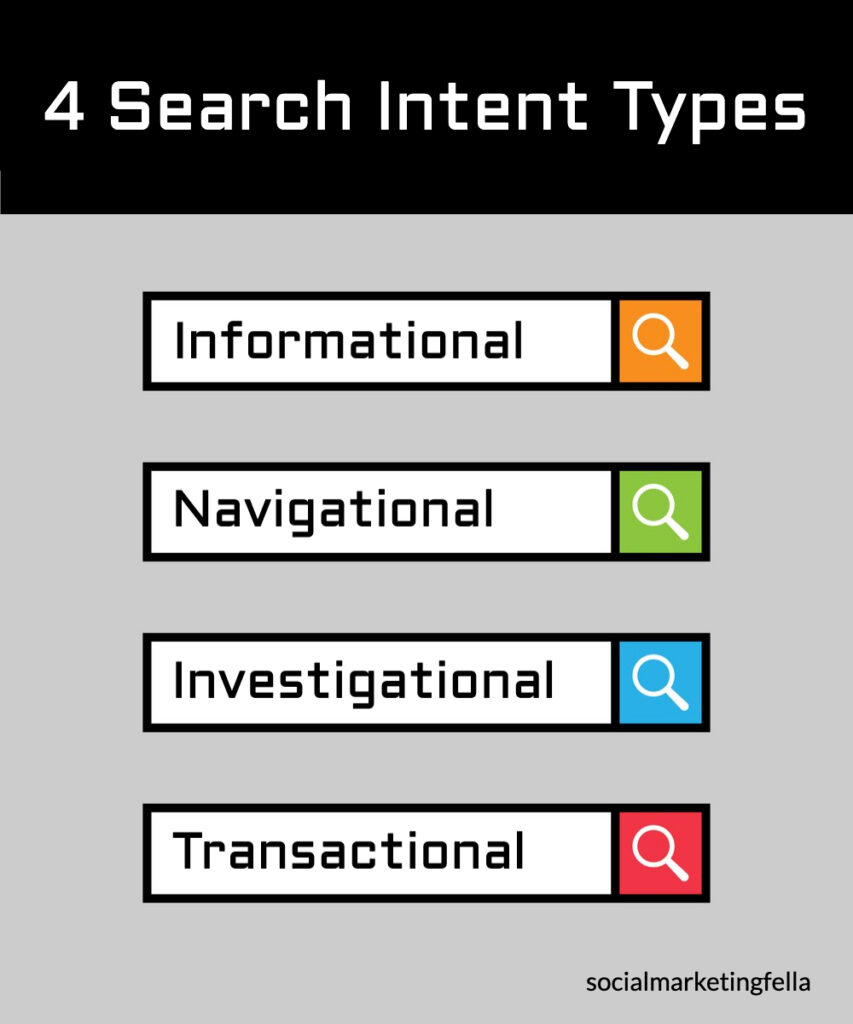
As a side note, I own a no maintenance water wall and water fountain company. We are exclusively licensed to carry and sell LO2, a patented water feature water replacement solution. The examples I will use to illustrate search intent will be a sampling of those keywords we use ourselves.
1. Informational Intent and How to Optimize for It
Informational intent involves users seeking knowledge, answers, or solutions to their queries. Optimizing for informational intent involves creating relevant and informative content that addresses users’ questions effectively. This can be done by things such as focusing on long-tail keywords, providing comprehensive guides, and incorporating relevant visuals.
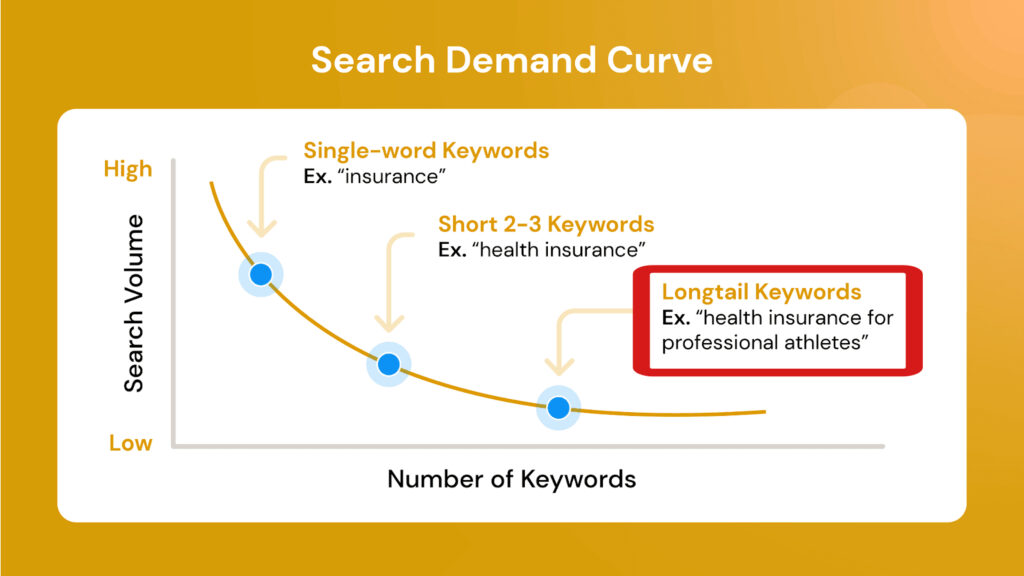
By catering to informational intent, websites can attract users looking for information, establish credibility in their niche, and drive organic traffic by appearing in search results for informational queries. Examples of informational intent search queries in the case of Water Wall Arts might include: “how to maintain a water feature” or “what are the best water walls?”.
Keyword Tool offers a free long-tail search app.
2. Navigational Intent and the Role of Brand Visibility
Navigational intent indicates users’ intent to locate a specific website or brand. This means that your SEO strategies need to focus on ensuring that your brand is easily accessible and visible in search engine results. Optimizing for brand visibility is crucial in catering to navigational intent, as it can help to drive traffic to the specific website that the user is looking for.
This can be achieved through various techniques, such as ensuring that your brand name is prominent in meta titles and descriptions, creating a strong backlink profile, and optimizing for branded keywords. By focusing on optimizing for brand visibility, businesses can better cater to users with navigational intent, and enhancing their user experience. Meeting users’ navigational needs helps build brand loyalty, and establishes a strong online presence that resonates with a brand’s target audience.
Neil Patel offers these four takeaways on brand visibility generation in an expert blog post.
- High brand visibility ensures your brand is top-of-mind for consumers, leading to increased trust, recognition, and sales. It’s about making your brand seen and remembered across various platforms.
- Effective engagement on social media involves two-way interactions that build community and encourage user-generated content, amplifying your brand’s reach.
- From keyword optimization to creating impactful visual content, ensuring your content is discoverable and shareable is key to increasing visibility.
- Positive reviews and authentic influencer collaborations can significantly boost your brand’s credibility and visibility.
Since users with navigational intent are often trying to find a particular website or page, in this case, mine, they might enter searches like “water wall website” or “maintenance free water feature company,” or “Water Wall Arts.”
3. Investigational / Product Research Intent and Positioning
Users with this intent are in the consideration stage and are researching different products or services before making a purchase decision. These users are looking for information to help them make an informed decision about a particular product or service. They may be comparing the features, prices, and reviews of different options to determine which one would best meet their needs.
They are likely to be looking for detailed information about the product or service, as well as reviews and testimonials from other customers. They may also be interested in how the product or service compares to competitors in the market. Ultimately, users with this intent are looking to gather as much information as possible to make a confident purchasing decision.
This is my review of a recent AppSumo purchase of video editing product FlexClip:
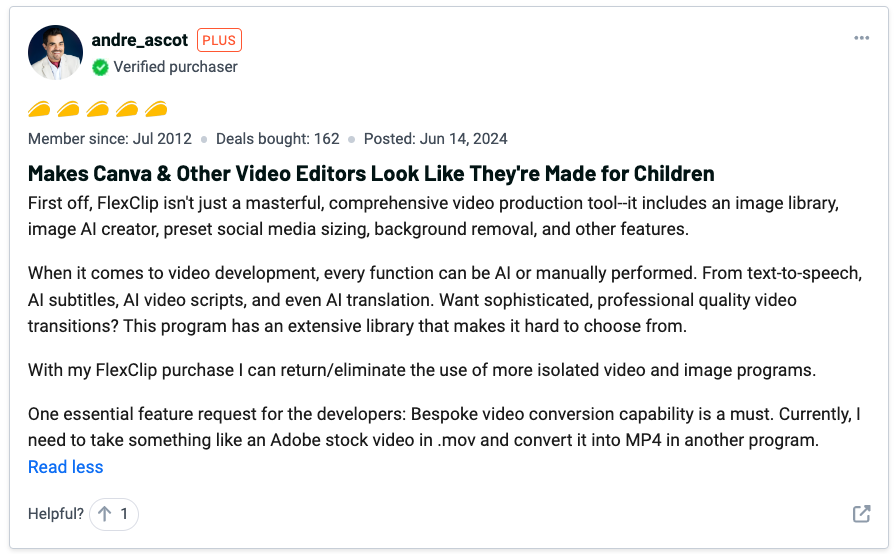
4. Transactional Intent and Its Impact on Conversion Rates
Transactional intent signifies users’ readiness to make a purchase or engage in a specific action. Optimizing for transactional intent involves creating compelling calls-to-action (CTA), product descriptions, and seamless checkout processes to facilitate conversions. Aligning content with transactional intent can boost e-commerce sales, improve conversion rates, and drive revenue for businesses.
Understanding the intent behind transactional searches allows marketers to tailor their advertising strategies, offer relevant promotions, and enhance the overall user experience to encourage conversions with deliberate content placement like in the examples below.
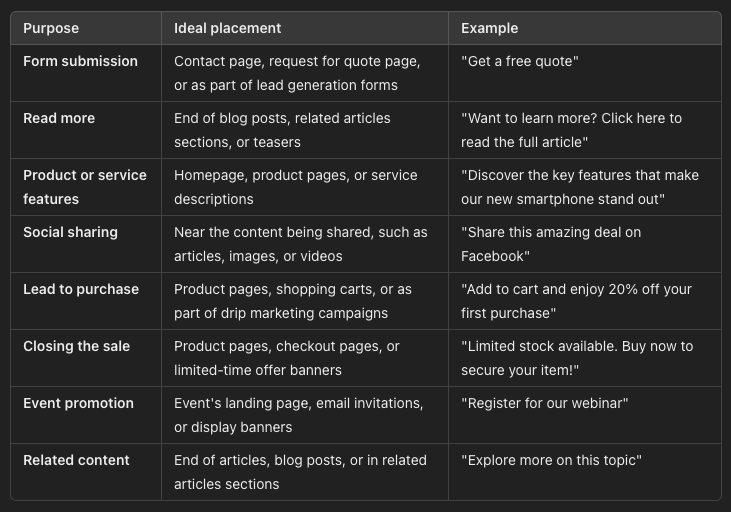
Other Types of User Search Intent
5. Keyword intent
Keyword intent refers to the underlying purpose or objective behind a user’s choice of keywords when conducting a search. By analyzing keyword intent, marketers can gain insights into users’ motivations and preferences, allowing for the creation of relevant and targeted content that aligns with what users are looking for.
Moreover, by conducting keyword research and mapping keyword intent to user behavior, marketers can tailor their SEO strategies, refine their content optimization, and enhance their website’s visibility in search results by targeting keywords that match users’ specific intent effectively.
6. Local Intent
Local intent refers to users’ intentions to find products, services, or information within a specific geographic location. By optimizing for local intent, marketers can improve visibility in local search results, attract nearby customers, and drive foot traffic to physical stores or local businesses effectively.
- 61% of consumers said in a recent local search survey that they search locally every day.
- 30% of all searches it processes are related to location, also according to Google.
Through the use of Keyword intent Keyword intent refers to the underlying purpose or objective behind a user’s choice of keywords when conducting a search. By analyzing keyword intent, marketers can gain insights into users’ motivations and preferences, allowing for the creation of relevant and targeted content that aligns with what users are looking for. Moreover, by conducting keyword research and mapping keyword intent to user behavior, marketers can tailor their SEO strategies, refine their content optimization, and enhance their website’s visibility in search results by targeting keywords that match users’ specific intent effectively. Local Intent Local intent refers to users’ intentions to find products, services, or information within a specific geographic location. By optimizing for local intent, marketers can improve visibility in local search results, attract nearby customers, and drive foot traffic to physical stores or local businesses effectively. Through the use of strategies for local search optimization, targeting specific geographical keywords, and creating location-based content, marketers have the opportunity to engage with local audiences, raise brand recognition, and drive conversions by providing tailored information that aligns with users’ local search needs. Fractured Intent Fractured intent occurs when users have mixed or unclear intentions behind their searches, making it challenging to determine their primary motivation. By understanding fractured intent, marketers can analyze user behavior, refine content strategies, and tailor messaging to address users’ diverse needs effectively. For example, a user searching for “best running shoes” may have fractured intent if they are looking for both high-performance shoes for running races and comfortable shoes for casual wear. In this scenario, a marketer has the opportunity to develop content that showcases the flexibility of a specific shoe brand, meeting the needs of both users. By recognizing and responding to the varying intentions in user searches, marketers can effectively connect with their desired audience, boost sales, and stimulate business expansion.”>strategies for local search optimization, targeting specific geographical keywords, and creating location-based content, marketers have the opportunity to engage with local audiences, raise brand recognition, and drive conversions by providing tailored information that aligns with users’ local search needs.
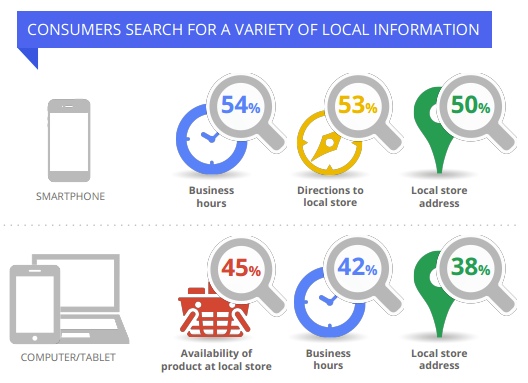
7. Fractured Intent
Fractured intent occurs when users have mixed or unclear intentions behind their searches, making it challenging to determine their primary motivation. By understanding fractured intent, marketers can analyze user behavior, refine content strategies, and tailor messaging to address users’ diverse needs effectively. For example, a user searching for “best running shoes” may have fractured intent if they are looking for both high-performance shoes for running races and comfortable shoes for casual wear.
In this scenario, a marketer has the opportunity to develop content that showcases the flexibility of a specific shoe brand, meeting the needs of both users. By recognizing and responding to the varying intentions in user searches, marketers can effectively connect with their desired audience, boost sales, and stimulate business expansion.
By understanding and optimizing for these types of search intent, you can better align your content and SEO strategies with the needs of your potential customers, making it more likely that they will find your business and choose your products or services.




